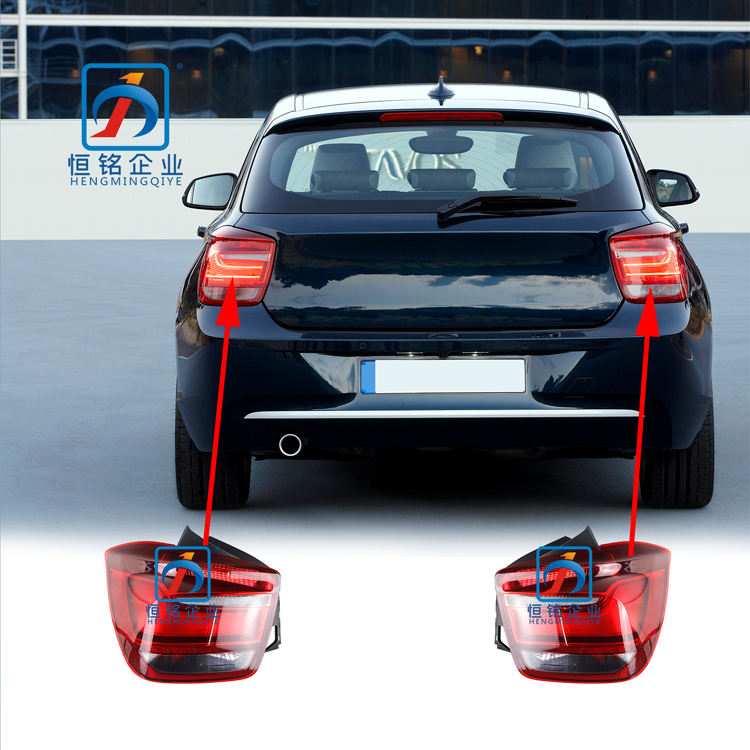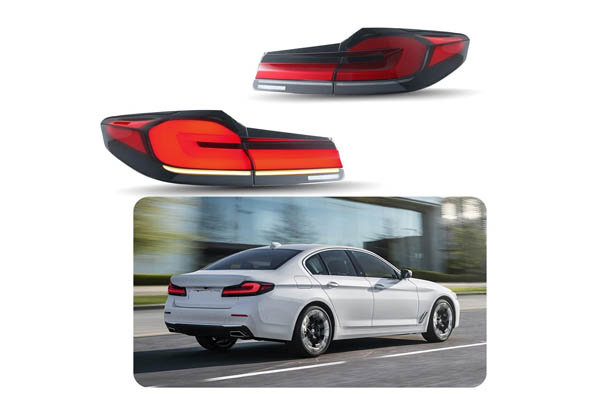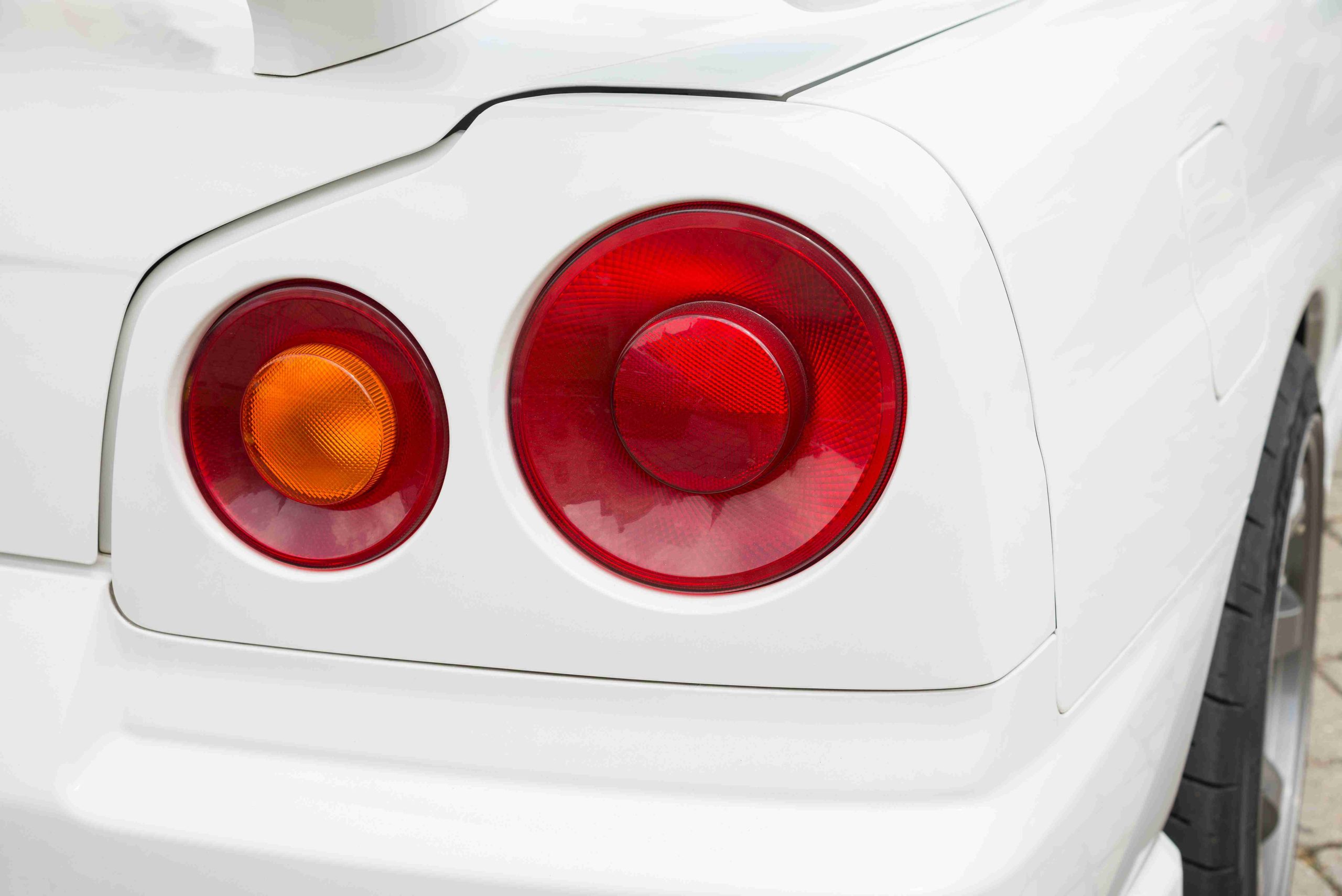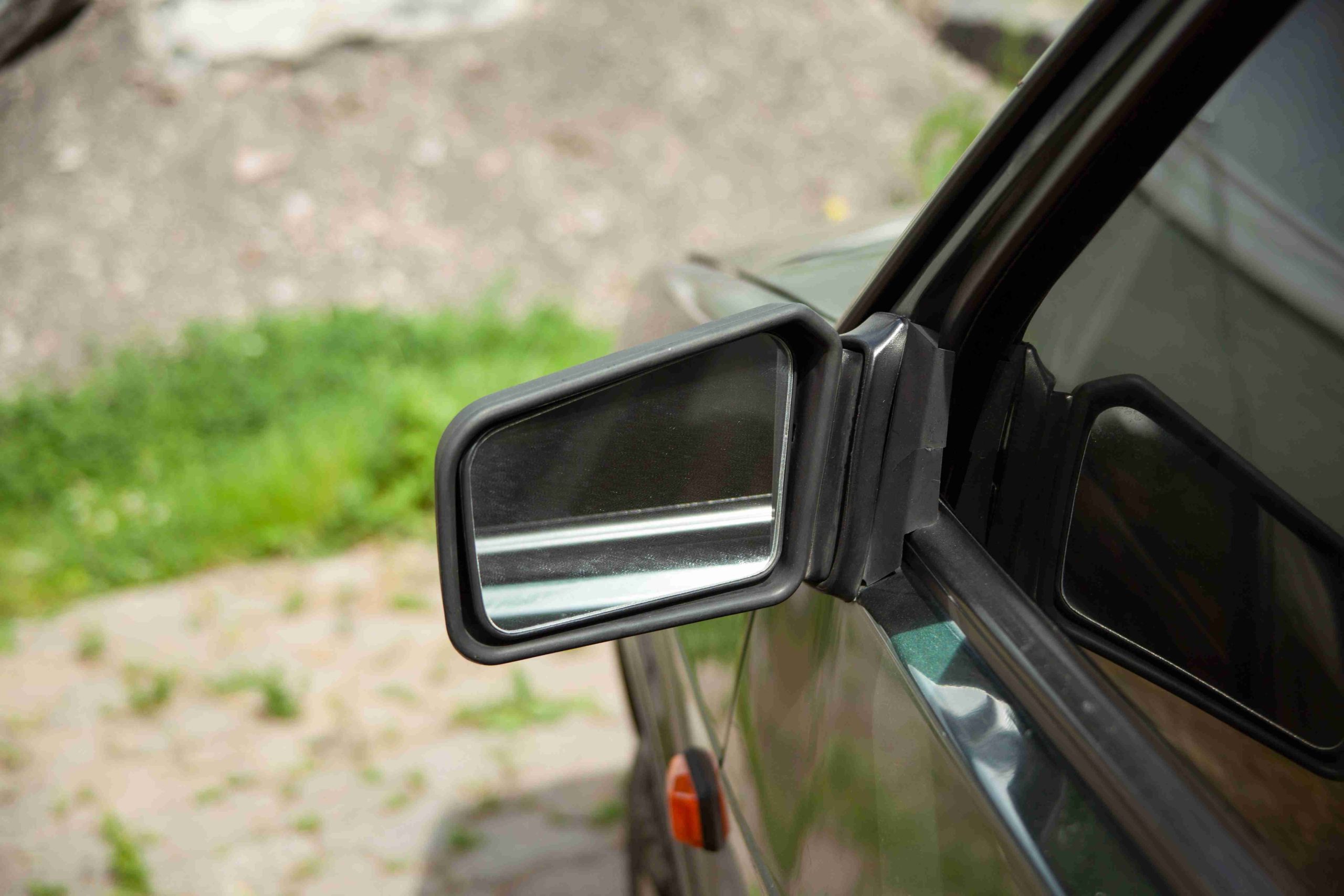Introduction to Car Tail Lights
When we think about the various parts of our cars that keep us safe on the road, tail lights may not be the first thing that comes to mind. However, these small yet crucial components play a vital role in ensuring our safety and visibility while driving. Whether you’re cruising down a dimly lit street at night or maneuvering through heavy traffic during rush hour, having properly functioning tail lights can make all the difference.
In this comprehensive guide, we will delve into everything you need to know about car tail lights – from understanding their importance to maintaining and replacing them when needed. So buckle up and get ready for an illuminating journey as we shed light on one of the unsung heroes of road safety!

Importance of Properly Functioning Tail Lights
Properly functioning tail lights may seem like a small detail, but they play a crucial role in ensuring road safety. These small yet powerful lights are located at the rear of your vehicle and serve multiple purposes. First and foremost, they let other drivers know that you are on the road, especially during low visibility conditions such as nighttime or heavy rain.
One of the main functions of tail lights is to indicate when you’re braking. When you press down on the brake pedal, these lights illuminate to alert drivers behind you that you are slowing down or coming to a stop. This allows them to react accordingly and avoid potential accidents.
In addition to signaling braking actions, tail lights also act as indicators for turning. When you activate your turn signals, the corresponding tail light blinks to communicate your intention with other drivers around you.
Moreover, properly functioning tail lights enhance your visibility from afar. They make it easier for approaching vehicles to spot you in their rearview mirrors and adjust their driving accordingly.
To ensure that your car’s tail lights are always working optimally, it’s important to regularly inspect them for any damage or burnout bulbs. If needed, replace faulty bulbs promptly with high-quality replacements that meet manufacturer specifications.
Remember not only replace broken bulbs but also clean the lenses regularly from dirt buildup which can dim their brightness overtime.
By maintaining and replacing your car’s tail lights when necessary, you contribute significantly towards overall road safety. So next time before hitting the road remember: bright tail lights equals safer journeys!
How to Maintain and Replace Tail Lights
When it comes to maintaining and replacing your car’s tail lights, there are a few key steps you can take to ensure they remain in optimal condition. Regular maintenance is crucial to keep your lights functioning properly and avoid any potential issues on the road. Here are some tips on how to maintain and replace tail lights effectively.
Regularly check your tail lights for any signs of damage or malfunction. This includes inspecting the bulbs for any burnt-out or dimming lights. If you notice any issues, it’s important to address them promptly by replacing the faulty bulb with a new one.
Next, make sure to clean your tail lights regularly. Over time, dirt and debris can accumulate on the surface of the lenses, which can reduce their brightness and visibility. To clean them, simply use a mild soap solution and a soft cloth or sponge. Gently scrub away any grime or dirt that has built up.
In addition to cleaning, protecting your tail lights from physical damage is also essential. Avoid parking too close to other vehicles or objects that could potentially bump into them and cause cracks or scratches.
If you do need to replace a tail light assembly entirely due to damage beyond repair, consult your vehicle’s manual for specific instructions on how to remove the old unit and install the new one correctly.
By following these maintenance tips and taking proper care of your car’s tail lights, you’ll not only enhance safety but also ensure they last longer before needing replacement!

Common Mistakes to Avoid with Car Tail Lights
Mistakes happen, but when it comes to your car’s tail lights, avoiding them can save you a lot of trouble. Here are some common mistakes to avoid with car tail lights:
1. Neglecting regular maintenance: Your car’s tail lights may seem like a small component, but they play a crucial role in ensuring your safety on the road. Regularly inspect and clean the lenses to prevent dirt buildup that can dim their brightness.
2. Ignoring burnt-out bulbs: It’s easy to overlook a single bulb that has stopped working, especially if it doesn’t affect the overall functionality of your vehicle. However, driving with one or more burned-out tail lights not only reduces visibility for other drivers but also puts you at risk of being pulled over by law enforcement.
3. Using incorrect replacement bulbs: When replacing a burnt-out bulb, make sure you use the correct type and wattage as recommended by your vehicle manufacturer. Using incompatible bulbs can lead to electrical issues and potentially damage your tail light assembly.
4. Improper installation: Whether you’re replacing an entire tail light assembly or just a bulb, improper installation can cause malfunctions or even damage the surrounding components. Take your time and follow the instructions carefully to ensure everything is securely in place.
5. Failing to check for water ingress: Tail light assemblies are designed to be watertight, but over time seals may deteriorate or become damaged due to accidents or wear and tear. Check for any signs of moisture inside the housing regularly as water ingress can lead to corrosion and premature failure of bulbs and wiring.
By avoiding these common mistakes associated with car tail lights, you’ll not only ensure optimal performance but also contribute towards safer roads for everyone!
Conclusion: Ensuring Safety on the Road with Bright and Functional Tail Lights
In today’s fast-paced world, where road safety is of utmost importance, it is crucial to prioritize the maintenance and functionality of your car tail lights. These small yet significant components play a vital role in keeping you and others safe while driving.
By taking the time to regularly inspect and maintain your tail lights, you can ensure that they are always functioning optimally. Keep an eye out for any cracks or damage, as well as dimming or flickering bulbs. If you notice any issues, promptly replace them to avoid potential accidents.
Remember to choose high-quality replacement bulbs that meet the requirements for your specific vehicle model. Consider upgrading to LED tail lights if possible, as they offer superior brightness and longevity compared to traditional incandescent bulbs.
Avoid common mistakes such as neglecting regular inspections or using incorrect bulb replacements. Taking these simple steps can prevent unnecessary risks on the road.
So next time you hit the road, take a moment to appreciate how something as seemingly minor as car tail lights can make a big difference in ensuring everyone’s safety. By keeping them bright and fully functional, you illuminate not only your vehicle but also pave the way towards safer journeys for all.
Stay responsible behind the wheel by making sure your car’s tail lights are always shining brightly – because when it comes to road safety, every detail matters!

















